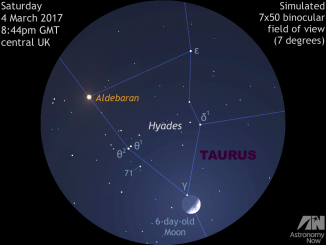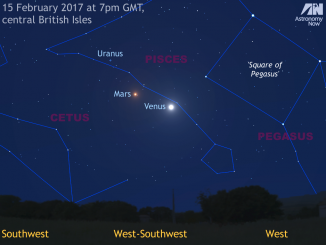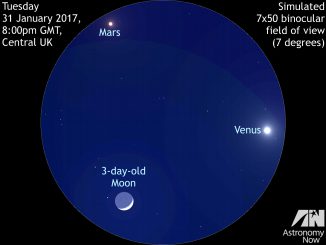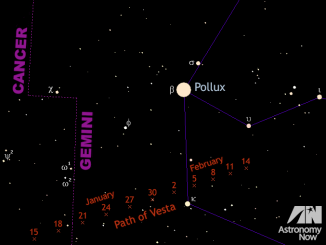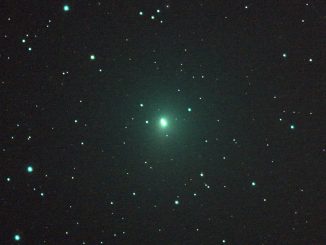
Don’t miss brightening Comet 41P riding high in Ursa Major during March
Comet 41P/Tuttle–Giacobini–Kresák orbits the Sun every 5.4 years and will pass through perihelion (its closest point to the Sun) on 12 April 2017. Motoring through Ursa Major at close to 2°/day during the remainder of March, this fascinating comet with a history of dramatic surges in brightness, passes close to Messier 97 and 108 on the UK night of 22 March.


